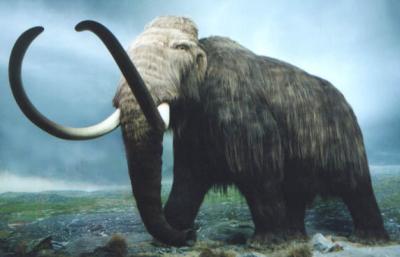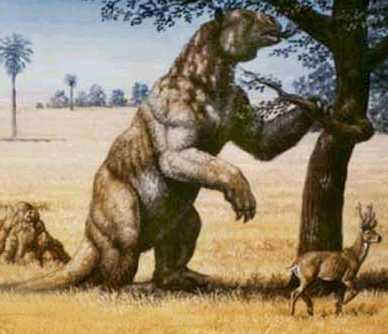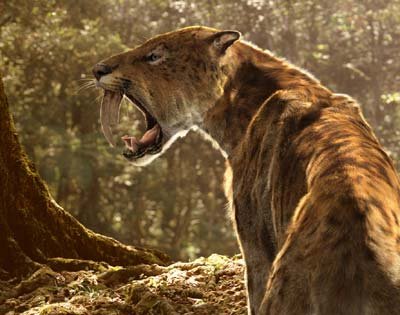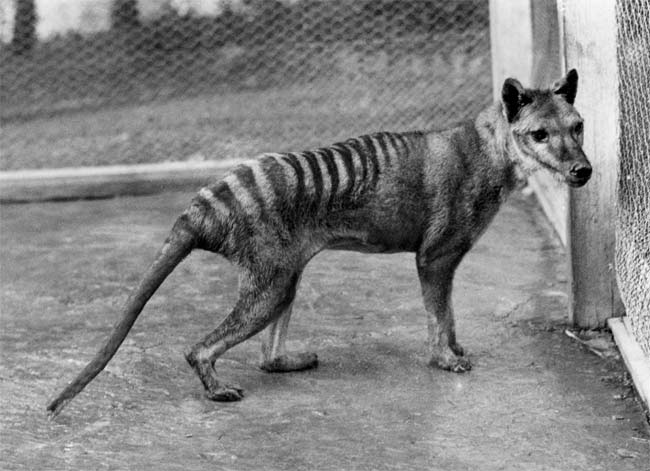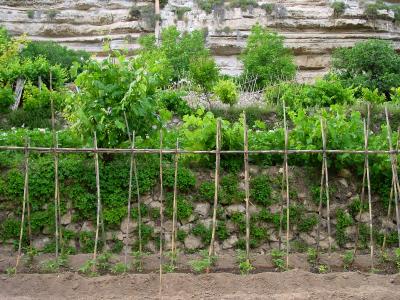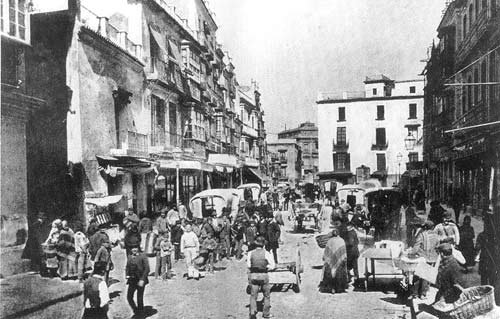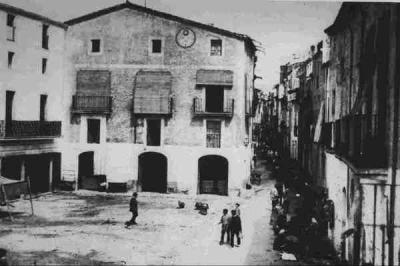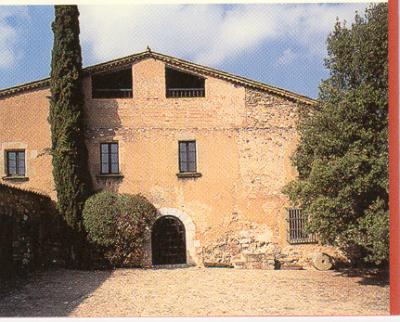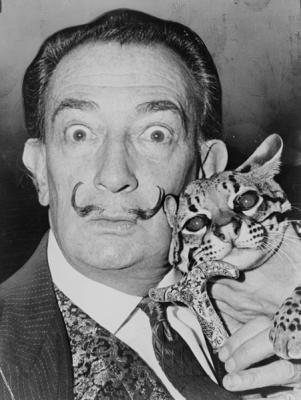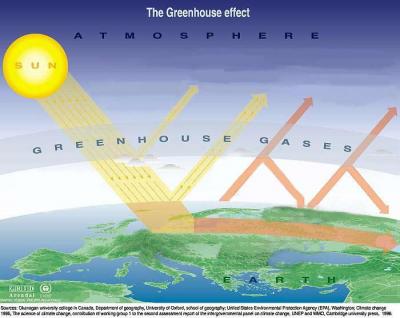Plans for the holidays, by IRENE TINEO PEIRÓ

I’ll explain you what I’m going to do in this summer holidays:
From 1st of july to 8th of july: I am going to Berlín with the orchestra to an exchange. I’ll go with Clara in the same house.
From 9th of july to 26th of july: I am goin to spend at home watching TV and playing the computer all days, to meet with my friends, and to do some of my homework (my terrible homework!!!!!)
From 27th of july to 8th: I am going to do a route for Paris, Switzerland and Franche.
The 9th of august: MY BIRTHDAY!!!!!!
From 10th of august to 31st of august: I’ll stay in a camping in Berguedà.
From 1st of september to 7th of september: I’m going to go to de musical campament, other tine with the orchestra.
This are my plans for the holidays.
